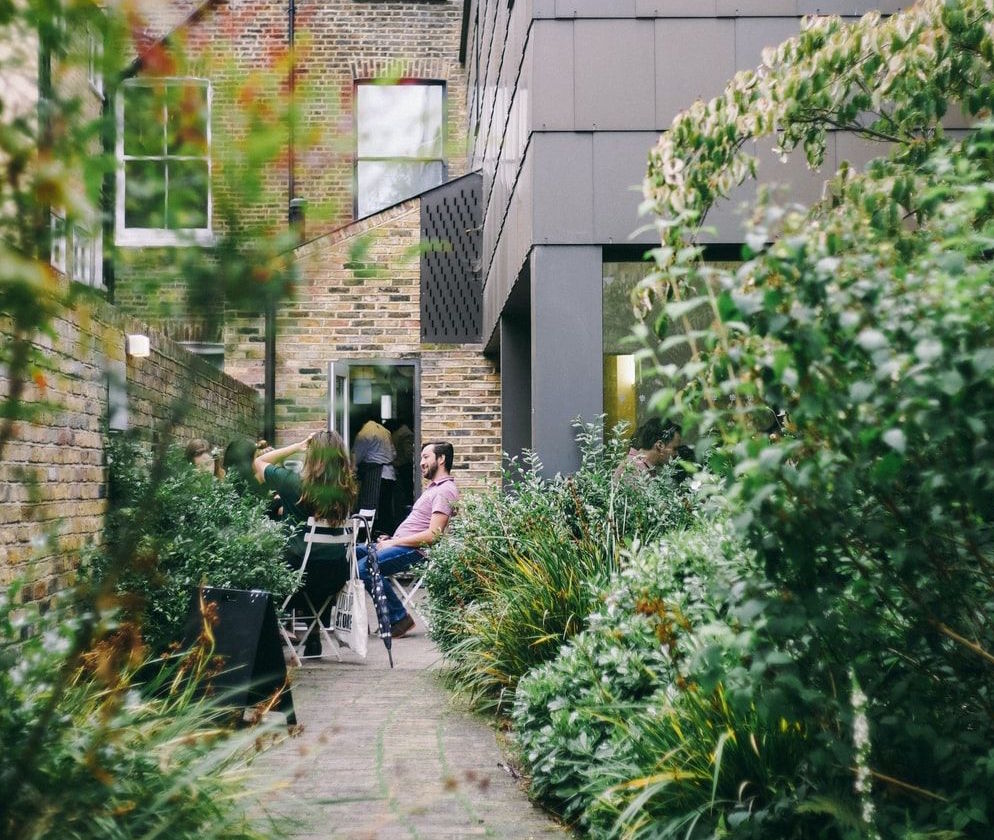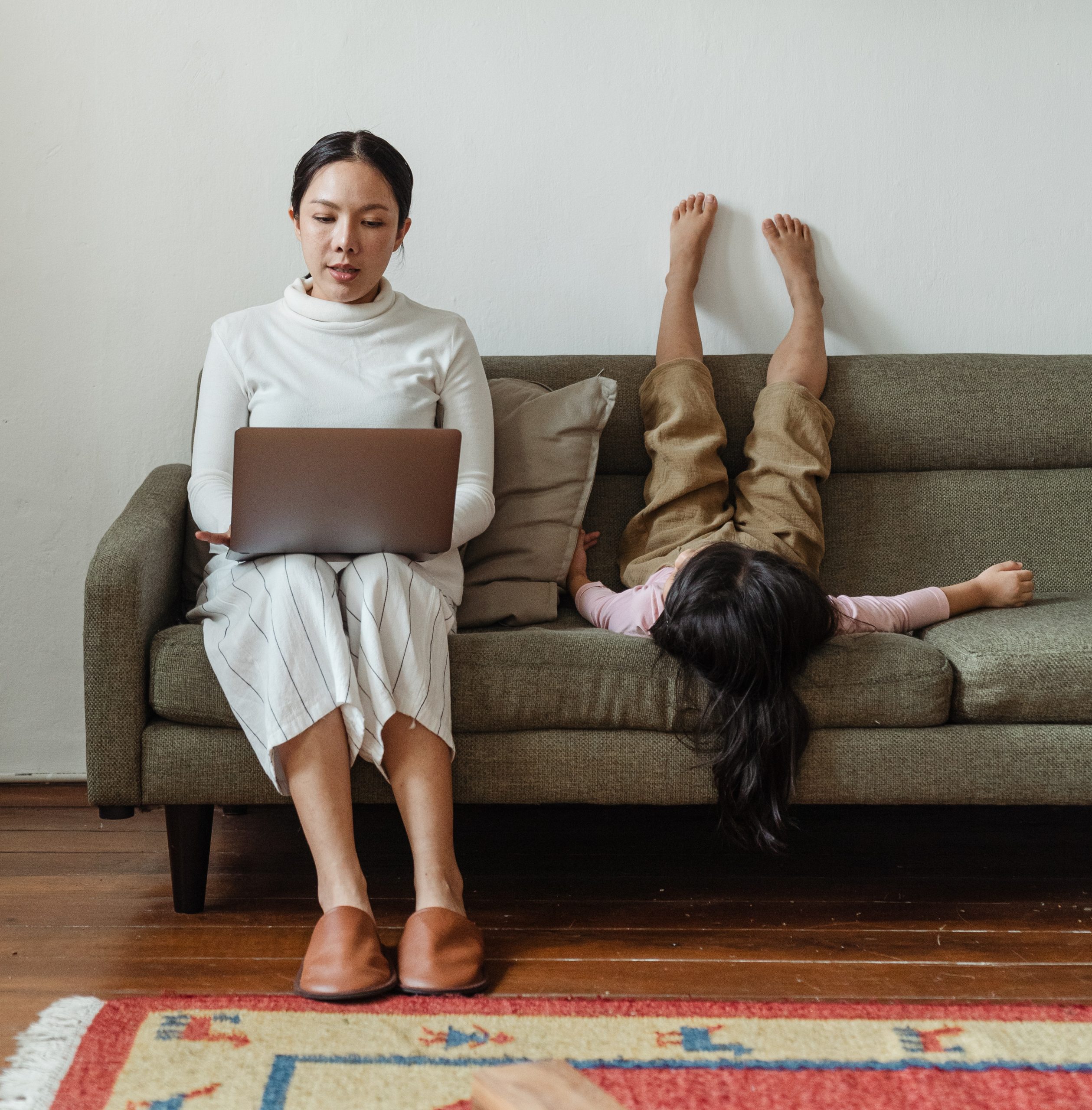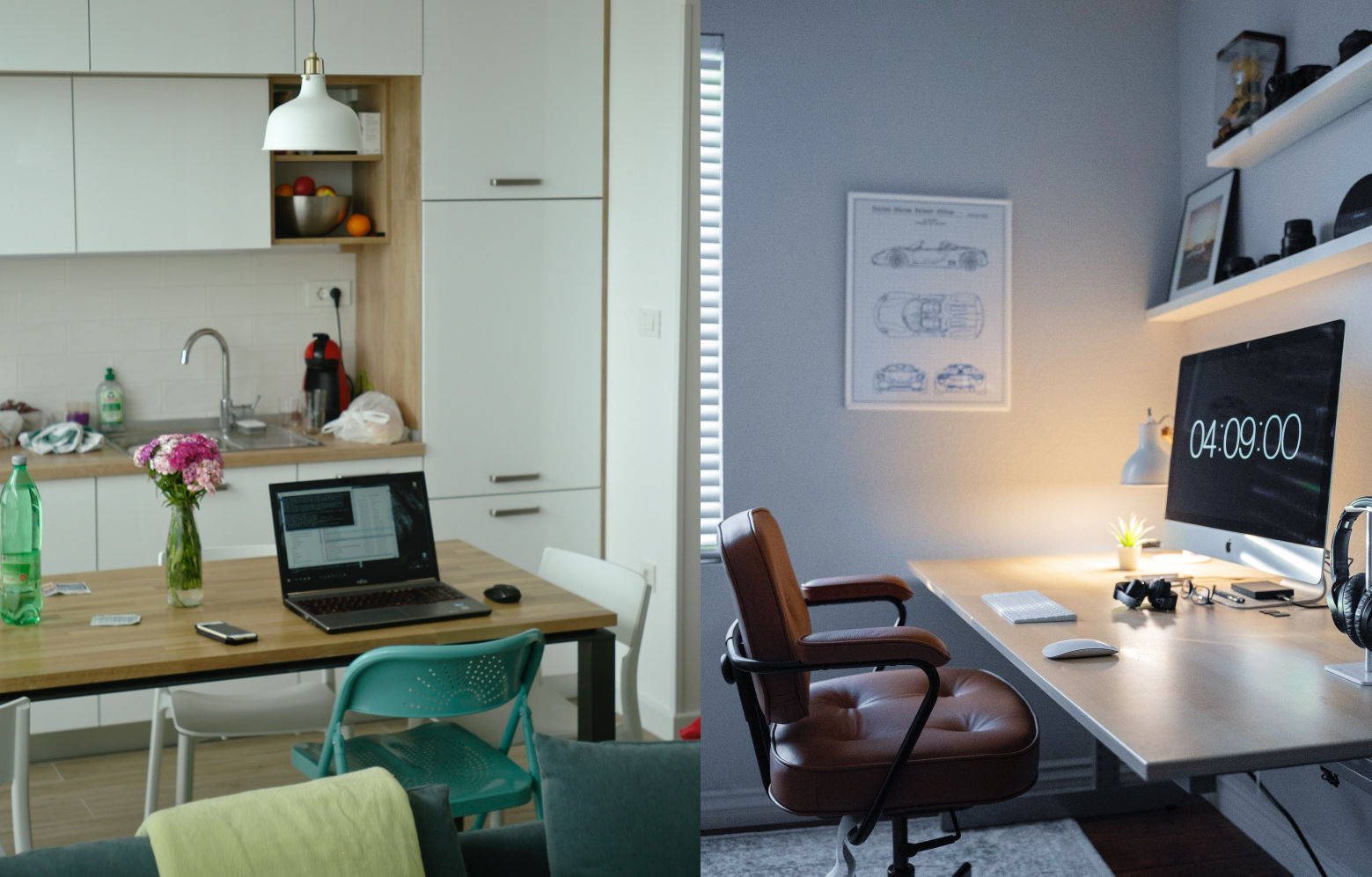Is the real estate industry ready for flexible working?
On the weekend I was at an open house when an agent excitingly showed me a landing at the top of some stairs in the back corner of a townhouse. He positioned it as the “the perfect space to work from home”.
The problem with this clever sales tactic was I had been working from home for the past six months and I knew this dark and secluded space was actually the worst spot in the house for a home office.
It also made me realise how agents will need to be mindful of post COVID needs being shared not just by the odd yuppie, but the masses. So has the real estate industry woken up to this yet?
The new normal and our mental health
Going into lockdown and working from home has been a cultural shock for a huge number of us. We’ve experienced the honeymoon phase (remember that newfound desire to bake copious amounts of banana bread?), definitely felt the frustration phase and have now likely moved into the adjustment and acceptance phase.
How you’ve adapted will be based on a number of factors from whether you’re looking after young ones or being disturbed by early morning construction work. After all, we’re all individuals with our own responsibilities, priorities and preferences.
Saving hours of commuting time is one of the biggest thumbs up for working from home. Sitting in busy traffic and getting outraged with fellow drivers isn’t the best way to start your day. Neither is it productive to travel from one end of town to the other for a meeting that could easily by done on Zoom. No more commuting means saving money that can be put towards other (more fun) things that stimulate your mind.
It’s not just working from home but flexible working too has joined the post COVID world discussion. Flexible arrangements can help to ease the stress for parents managing work as well as childcare. The 9 to 5 grind is now a thing of the past. We’re not clock watching as much and those late sleepers don’t need to hurry into the office past the glares of early risers.
It can also offer freedom to design our day depending on our mood, which is especially helpful for those who sometimes experience anxiety and stress. Choosing what you need in the current moment is a great way to take control of your emotions and thoughts and put your mental health first.
So what’s the downside?
While there are multitudes of benefits, working from home can also bring isolation, lack of routine and decreased physical activity. These are usually sighted by industry veterans to dismiss any calls to adapt. But can the elements we get in the office and not at home be solved with a new approach to design?
Good question Michael. via GIPHY
The social aspect
We’re social animals. We miss the corridor conversations, lunch room chats and weekend wrap-ups. The traditional workplace provides us with friendships, opportunities to socialise and collegiality, which are all important for mental wellbeing.
So now that we’re at home, how we interact with our neighbours will be of significance. It’s important that architects provide spaces that increase opportunities for residents to interact and do enjoyable things together.
This can range from communal veggie gardens to basketball courts, libraries and cafes where we regularly interact with people and have incidental conversations, like we would at the office.

Socialising in the neighbourhood. Photo by Josh Wilburne on Unsplash
The Routine
Not The Routine, but more so a schedule for our daily work and play.
We’ve heard it a thousand times, probably even heard it from our parents or have said it to our own kids. Having a routine plays a big part in keeping us productive, as well as ensuring we schedule in time for physical and mental breaks. And to solve this, we only need to look at some principles of designing homes for families with kids.
Multiple living zones had been quite common in suburban homes so the kids had their own play spaces away from the formal parts and sleeping areas. Although open plan living has been by far more popular in recent times, the old ways may become increasingly important so adults can easily seperate themselves from their work to maintain a routine.
And for those working from home with kids that are also Zoom schooling, well perhaps even more flexible living zones.

The challenges of working from home. Photo by Ketut Subiyanto from Pexels
Getting out and about
Although we’re enjoying not commuting, we’re missing the scenery and fresh air of getting from A to B. It can even be hard getting out on our lunch break without the walkable amenities that often surround offices, and sometimes the suburbs we live in are just not very walkable at all.
The solution is more walkable, healthy and active communities, which will create a challenge for urban planners if we are to retrofit green space into our existing infrastructure.
Closing roadways to create “green streets” has been pushed for many years and there is a growing need to make under-utilised sporting fields and park areas around our city more accessible with integrated trails and infrastructure. Perhaps COVID-19 could be the catalyst to spark these positive changes.
Read more about learnings for the new normal from an urban design perspective here.
The new normal design
Studies and home offices can’t just be after thoughts of design and real estate agents can’t sell the dingy dark corner of the apartment as a “great place to work from home” anymore.
I’ve relocated my work to the lounge room for some more daylight, as I’ve learnt without exposure to natural light during the day, it’s difficult to get in tune with the body’s inner clock and get energy to enjoy everyday activities.

There are lots of different types of ‘studies’. Photo by Nikola Balic on Unsplash & Photo by Michael Soledad on Unsplash.
Storage has also become an issue as our lounge rooms and spare rooms have become full time work spaces and we don’t have anywhere to hide the clutter of work amongst the clutter of home.
So combining light-filled spaces and actual practical space (with ample storage) will become an increasing priority on the list for architects.
The new normal coined by psychological societies and the media has been helping us to come to terms with the world we’ll be stepping in to won’t be the same as before. However, as the pandemic persists, the phrase has now extended past social and cultural expectations to include how we plan, design and build.
It’s clear there is a solution for all the design elements that have previously made the office a more mentally healthy working environment than the home, and that these elements will soon become part of the market demand. So the onus is not only on architects, designers and planners to adapt but also on real estate agents to respect the ‘new normal’.
Words by Lorna Whitton and Scott Williams for blueprint
Cover photo by Valeria Ushakvo on Pexels





